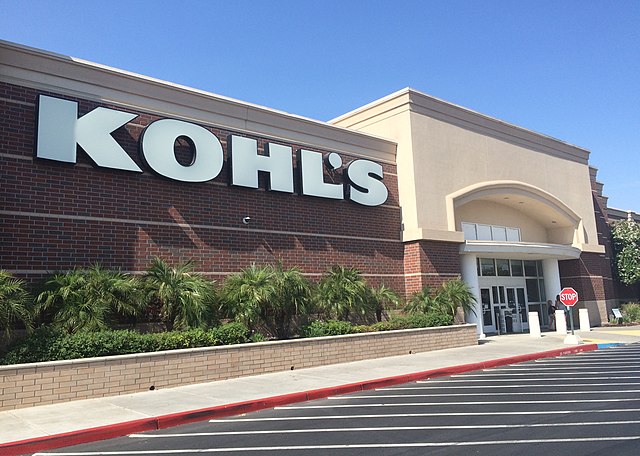CMBS Implications of Potential Kohl’s Takeover

“Speculation surrounding Kohl’s and its future as a public company has been active during the first quarter of 2022,” wrote Marc McDevitt, a senior managing director at CRED iQ.
“In early-March, Kohl’s provided updates on strategic initiatives for the company, which included a transition away from traditional department store operations. The retailer plans to open 100 new stores over the next four years with a smaller format than the 80,000- to 100,000-square-foot footprint of a Kohl’s legacy store layout.
“Kohl’s has reportedly faced pressure from activist investors to sell the company. Interested parties included hedge fund Starboard Value and private equity firm Sycamore Partners. Most recently, Hudson’s Bay — the former owner of failed department store Lord & Taylor — was reported to be considering a takeover bid for Kohl’s.
“The strategic objectives of Kohl’s management and external pressures from activist investors may lead to subsequent impacts in the commercial real estate sector.
“In a takeover, many of Kohl’s owned real estate locations may be sold in a sale-leaseback transaction. Store closures or reduced footprints, in line with current management objectives, may also be possibilities for future operations. In all scenarios, retail landlords will need to adapt to the evolution of the retailer’s operational and real estate strategies.
“Kohl’s operated approximately 1,165 stores as of January 2022 and owned 35 percent of the real estate for those locations. Kohl’s leased space for approximately 44 percent of its store locations. For 20 percent of the store locations, Kohl’s owned its building improvements and ground leased the underlying land. Leased locations typically operate pursuant to a 20- to 25-year lease agreement with several five-year extension options.
“Kohl’s has been historically more versatile than counterparts JCPenney and Macy’s with the location of its stores less reliant on regional malls. Only 5 percent of all stores are part of a community center or regional mall. Most locations, approximately 81 percent, anchor smaller strip centers. Kohl’s also operates freestanding locations, which make up 13 percent of the total store count.
“CRED iQ leveraged its platform to identify properties leased to Kohl’s and properties that are shadow-anchored by a Kohl’s store. CRED iQ identified 230 properties with exposure to Kohl’s with actionable data, including lease size, lease expiration date, property information and borrower contact information. Most leases for this group of properties have expirations within the next 10 years.
“There were nine leases identified with expirations in 2022, including three active CMBS loans with $167.3 million in outstanding debt. The highest concentration of lease rollover is in 2024 with 23 leases scheduled to expire. Twenty-one of these properties secure active CMBS debt totaling $815 million. Classifying properties by lease expiration date, CRED iQ was further able to isolate properties with a Kohl’s lease expiration.
“CRED iQ identified active CMBS exposure to Kohl’s as a tenant, which totaled approximately $5 billion in outstanding mortgage debt secured by 172 properties with Kohl’s as a leased tenant or shadow anchor. There were 13 properties with Kohl’s exposure, totaling $539.9 million, that were in special servicing and in need of workout. Eight of those properties were real estate owned (REO) and had outstanding debt of $310.5 million.
“University Mall in Burlington, Vt., is the largest REO property by outstanding debt amount with $92 million in unpaid principal balance. Kohl’s leases 86,605 square feet, equal to 14 percent of the property’s net rentable area, pursuant to a lease that expires in February 2024. As of February 2022, University Mall was under contract to be sold.
“The implications of near-term lease expirations coupled with initiatives by Kohl’s to reduce store layout sizes could have negative impacts on CMBS collateral if the tenant opts to downsize or move to a more favorable and strategic location.
Furthermore, sale-leaseback transactions have the possibility of converting complementary retail space into competitive space for smaller shadow-anchored retail centers. Monitoring the various scenarios may be a complicated endeavor, but still not as complicated as figuring out how to use Kohl’s cash (it’s probably expired).”


